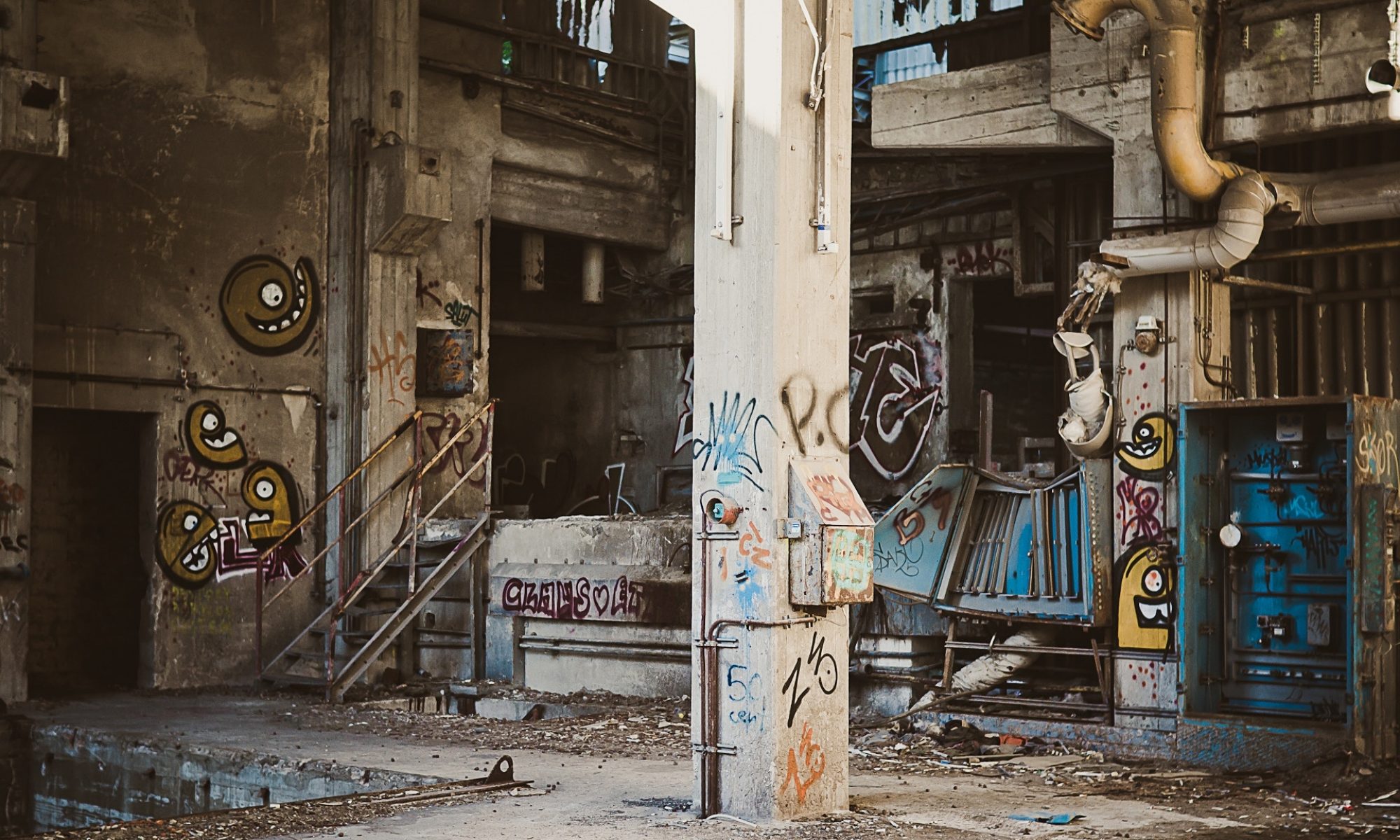We offer four of the more common geotechnical field tests: CBR testing, Clegg Impact testing, Dynamic Cone Penetration testing and Plate Bearing testing. We often find that people get confused about which test they require or how to interpret the results of the tests. But don’t worry; we are always happy to discuss which test will be best for you and explain what the results mean. Just give us a call or drop us an email.
California Bearing Ratio (CBR) Testing
Originally developed in California (hence the name) this test is generally used to design pavements/roads or for concrete slab foundations. It measures the relative compaction of granular backfill such as gravel or aggregate by measuring the load required to push a small piston (approx 50mm diameter) into the ground, with measurements taken at fixed penetration increments. The results are reported as a percentage, with typical values being 3-5% for clays and 15-30% for aggregates. Because the piston is relatively small, the test is not suitable for coarse aggregates (e.g. Type II backfill or coarser). We carry out all our CBR testing using our Land Rover to provide the static load. We will typically complete 8+ tests in a day and can provide you with the results the next working day.
Clegg Impact Hammer
The Clegg Impact Hammer provides a very rapid means of obtaining a CBR value for a rolled aggregate or for a finished surface such as a tennis court sub-base. Like the CBR, the hammer is relatively small, and the test is not suitable for coarse aggregates (e.g. Type II backfill or coarser). The advantage of the Clegg Impact Hammer is that we can complete 50+ tests in a day, with results reported while we are on site. This allows soft spots to be easily identified, rectified and, if necessary retested.
Dynamic Cone Penetration Testing
The Dynamic Cone Penetration Test provides a very rapid means of obtaining a CBR value for a sub-base or piling mat down to 1metre depth . The test kit is hand-portable and doesn’t require any additional plant or vehicle to act as kentledge. The test is applicable to finer aggregates (e.g. Type II backfill or finer). We can typically complete 20+ tests in a day, with results reported while we are on site. This allows soft spots to be easily identified, rectified and, if necessary retested.
Plate Bearing Test
This test is used throughout the world. The UK version uses circular plates, varying in size up to 760mm diameter.
The plates are loaded by hydraulic jack and their settlement measured at increasing load increments. A graph is then plotted of settlement against bearing pressure. This can then be used to determine whether the ground has sufficient bearing capacity to support a given structure such as temporary pads for crane outriggers or piling rigs. Because the circular plate is much bigger than the piston used in a CBR test, the plate bearing test is more suitable for testing larger aggregate backfills but it does require you to provide a minimum 15tonne excavator or other plant for us to use as a static load.
We will choose a plate size to match the combination of design load required and reaction weight (i.e. excavator) available to us. We will typically complete 6-8 tests in a day and can provide you with the results the same day if required.
We carry out both tests on site rather in a laboratory in order to ensure that test conditions are representative. We work throughout the UK and charge per day rather than per test and are usually available on a ‘next day’ basis to carry out testing. We will complete as many of either or both tests as we can in a day. All our testing is carried out in accordance with BS1377.
To get a quote or to arrange any of these tests at your site please contact us here. Alternatively, for further information aboutany of these tests please contact Steven Partridge: Email – 01296 739413
See also CBR Testing, Plate Bearing Testing
